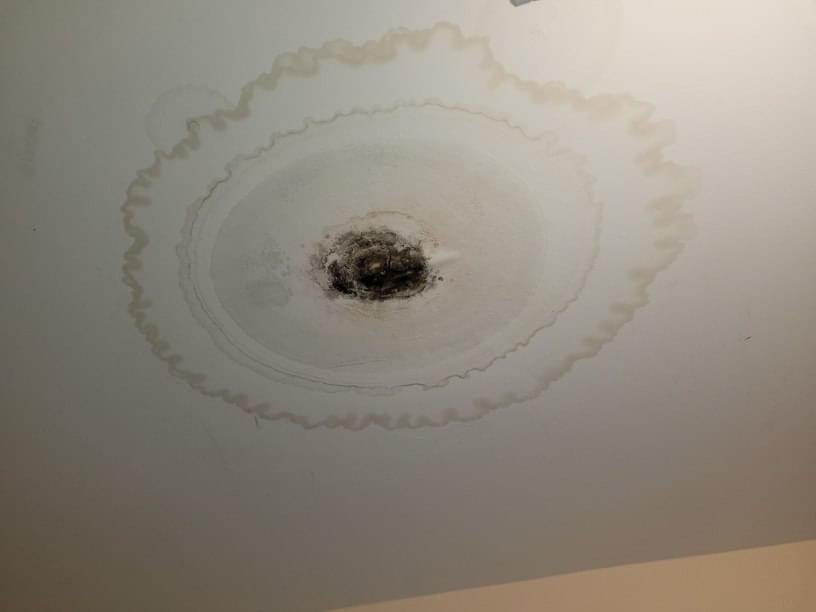Right here down the page you will discover more exceptional additional info in relation to Locating water leaks.

Early detection of dripping water lines can minimize a prospective calamity. Some small water leakages may not be noticeable.
1. Analyze the Water Meter
Every house has a water meter. Examining it is a guaranteed manner in which helps you uncover leaks. For starters, turn off all the water resources. Make certain nobody will certainly purge, use the tap, shower, run the cleaning machine or dishwashing machine. From there, most likely to the meter and watch if it will certainly alter. Considering that no one is using it, there need to be no motions. That indicates a fast-moving leak if it moves. Also, if you find no changes, wait an hour or 2 as well as inspect back again. This implies you may have a sluggish leak that could even be underground.
2. Inspect Water Usage
If you spot unexpected adjustments, in spite of your usage being the very same, it indicates that you have leakages in your plumbing system. A sudden spike in your bill shows a fast-moving leak.
A steady rise every month, also with the very same behaviors, reveals you have a sluggish leak that's also slowly escalating. Call a plumber to extensively examine your property, specifically if you really feel a warm area on your floor with piping below.
3. Do a Food Coloring Examination
When it comes to water consumption, 30% comes from bathrooms. If the color in some way infiltrates your bowl throughout that time without flushing, there's a leak between the storage tank and also bowl.
4. Asses Exterior Lines
Do not forget to inspect your exterior water lines as well. Examination spigots by affixing a yard hose pipe. Ought to water permeate out of the link, you have a loosened rubber gasket. Replace this and also make sure all links are limited. It will help get it expertly examined and kept yearly if you've got a lawn sprinkler system. One little leak can waste lots of water and also increase your water expense.
5. Examine and also Evaluate the Scenario
Property owners need to make it a practice to inspect under the sink counters and also inside closets for any bad odor or mold and mildew development. These two red flags suggest a leakage so punctual interest is called for. Doing regular evaluations, even bi-annually, can conserve you from a significant trouble.
If you recognize your residence is currently old, keep a careful eye on your heating systems, tubes, pipes and so on. Look for stainings as well as deteriorating as the majority of pipelines and home appliances have a life expectancy. They will likewise normally degrade because of deterioration. If you believe dripping water lines in your plumbing system, don't await it to intensify. Call an expert plumber right now so you don't end up with a terrible mess in your house.
Early detection of leaking water lines can alleviate a possible disaster. Some tiny water leakages might not be noticeable. Examining it is a surefire way that helps you discover leaks. One little leak can waste loads of water as well as surge your water expense.
If you presume dripping water lines in your plumbing system, don't wait for it to intensify.
WARNING SIGNS OF WATER LEAKAGE BEHIND THE WALL
PERSISTENT MUSTY ODORS
As water slowly drips from a leaky pipe inside the wall, flooring and sheetrock stay damp and develop an odor similar to wet cardboard. It generates a musty smell that can help you find hidden leaks.
MOLD IN UNUSUAL AREAS
Mold usually grows in wet areas like kitchens, baths and laundry rooms. If you spot the stuff on walls or baseboards in other rooms of the house, it’s a good indicator of undetected water leaks.
STAINS THAT GROW
When mold thrives around a leaky pipe, it sometimes takes hold on the inside surface of the affected wall. A growing stain on otherwise clean sheetrock is often your sign of a hidden plumbing problem.
PEELING OR BUBBLING WALLPAPER / PAINT
This clue is easy to miss in rooms that don’t get much use. When you see wallpaper separating along seams or paint bubbling or flaking off the wall, blame sheetrock that stays wet because of an undetected leak.
BUCKLED CEILINGS AND STAINED FLOORS
If ceilings or floors in bathrooms, kitchens or laundry areas develop structural problems, don’t rule out constant damp inside the walls. Wet sheetrock can affect adjacent framing, flooring and ceilings.
https://www.servicemasterbyzaba.com/blog/how-to-detect-water-leakage-in-walls/

As a reader on Hacks to detect leaks, I assumed sharing that excerpt was beneficial. Enjoyed reading our posting? Please share it. Help someone else find it. I cherish reading our article about Top leak detection hacks.